Philodendron Hastatum Silver Sword Plant
Original price was: ₹880.00.₹99.00Current price is: ₹99.00.
126 in stock
Selling size: Well rooted plant | Pot Included
Silver sword is a rare and unusual plant. This plant is a climber and will thrive in bright indirect light, but can adapt to low-medium light. This plant is to be watered when the top inch of the soil has dried out.The Philodendron Hastatum, known as the Silver Sword, is a striking plant in any collection.This is a truly unique Philodendron with silvery gray leaves that undergo an impressive transformation as it matures. The color of this plant, combined with its growth patterns, makes it a common wishlist plant among plant enthusiasts.There are also unique features to the Philodendron Hastatum’s hemiepiphytic life cycle. In fact, its differing leaf shape and growth habits have caused levels of confusion with its identification in the past.Despite varying information about the level of care it requires, Silver Sword care is best for intermediate plant hobbyists. If you’re a beginner, don’t worry, though! The plant has a few special care requirements, which we will cover here.
Philodendron Silver Sword Overview
| Scientific Name | Philodendron Hastatum “Silver Sword” |
| Origin | Southeastern Brazil |
| Temperature | 59-80ºF (15ºC-27ºC) |
| Humidity | 50-85% |
| Light | Medium to bright indirect light |
| Water | When the soil is 50-60% dry |
| Fertilization | Fertilize once monthly during the growing season with a well-balanced fertilizer.
Or fertilize at 25% strength every other watering during spring and summer. |
| Repotting | Repot when the roots begin growing out of the pot’s drainage holes. |
| Toxicity | Toxic to humans and pets, contains calcium oxalate crystals |
| Pests | Susceptible to attacks from common houseplant pests: scale, aphids, fungus gnats, thrips, and mealybugs
Thrips, spider mites, and mealybugs are most common. Increased humidity reduces the plant’s vulnerability to pests. |
| Propagation | Easy to propagate with stem cuttings. Cut 1-2 leaf nodes and place them in water, moist soil, or moistened sphagnum moss.
Cuttings are more susceptible to burn and should not be placed in direct light. If transferring propagations from water to soil, give the roots extra time to strengthen first. Wait until the roots are at least 2 inches long before transferring them since this was when some growers encountered issues with their cuttings. |
Philodendron Hastatum ‘Silver Sword’ Background
This plant has quite a history! It was discovered in the mid-1800s by botanists Karl Heinrich Emil Koch and Friedrich Sellow (also later referred to as “Sello”).
Interestingly, the Silver Sword once had an “identity crisis” when different botanists discovered the plant, not realizing they were all admiring the same beautiful Philodendron at varying life stages. The scientific community has confirmed that this plant’s proper scientific name remains Philodendron Hastatum.
The Philodendron Hastatum ‘Silver Sword’ is native to the rainforests of southeastern Brazil.
In recent years, the Silver Sword was placed on the endangered species list due to the destruction of its natural habitat and reduced populations of its pollinator beetle (family Scarabaeidae). However, The IUCN Red List of Threatened Species currently classifies the Silver Sword’s population trend as “stable” and “least concern.”
While this beautiful plant has experienced threats to its native habitat, houseplant enthusiasts are thrilled to grow the Silver Sword in their homes. Therefore, this amazing plant should continue through propagation, even if it becomes threatened again in its original home.
Unique Characteristics
The Silver Sword starts out in its juvenile form with mildly arrow-shaped leaves that are rounded at the base. The juvenile leaves are a distinct gray-silver color with green midribs. This Philodendron is often available for purchase in this form.
Since the leaves are quite different from the mature form, the Philodendron Hastatum is often thought to have two different “types.” However, this is the same plant and is just in an earlier life stage.
Growers report that the Silver Sword takes approximately 8 months to reach maturity, but some plant enthusiasts report that theirs matured faster.
As the Philodendron Hastatum matures, the leaves take on a different shape. They develop lobes and a more defined arrow or “sword” shape. The leaves also become larger and slightly greener in hue.
Accessibility of the Silver Sword
While this Philodendron is no longer considered rare, it is not yet commonly found at most major plant retailers. The Silver Sword is readily available online, typically costing in the range of 15 to 30 USD.
Also, the Silver Sword Philodendron can be found at local plant nurseries and specialty shops. Occasionally, a plant enthusiast is lucky enough to find one in a big-box store.
As the demand for the Silver Sword only increases, we expect it will eventually become more widely available at large retailers.
Growth Patterns & How to get Bigger Leaves
As with most Philodendrons, understanding this plant’s native growth patterns will help you replicate ideal conditions in your home.
Philodendron Hastatum is a hemiepiphyte, meaning that it starts its life growing upright from the forest floor and then adapts as an epiphytic tree-climber via aerial roots. The Silver Sword grows so prolifically on trees in its mature form that it may even lose touch with the ground altogether.
As you may have likely guessed, the Philodendron Hastatum will give you amazing growth if you give it something sturdy to climb on! As this plant climbs, the stems will thicken, and the leaves will become significantly larger.
Secondly, being allowed to climb helps this Philodendron reach maturity faster, resulting in the beautiful transformation of its leaf shape we discussed previously.
For best results, choose a thicker structure for the aerial roots to attach to, such as a moss pole or wooden plank.
Philodendron Hastatum ‘Silver Sword’ Care Details
Lighting
Give your Silver Sword medium to bright indirect light.
In the Northern Hemisphere, this Philodendron does great in an east-facing window or pulled back 6-8 feet from a west or southwest-facing window.
The Silver Sword can tolerate direct morning sun indoors (for 2-3 hours), but it cannot take harsh afternoon sunlight. The silver leaves can easily become faded and scorched.
Example of faded leaves
My Philodendron Hastatum came from an outdoor plant nursery where it sat under taller plants that protected most of its leaves from the afternoon sun. Despite being a very healthy plant, it had received some harsh direct sun on the tips of its baby leaves.
While the leaves weren’t scorched yet, this is the appearance of fading on those leaves from the harsh direct sun.
Silver Sword light requirement debate
In plant care discussions, lighting requirements are often listed differently for the Philodendron Hastatum, depending on what source you read.
Some plant care pages say that the Silver Sword does fine in low light, but growers who have had the plant for at least 3 years typically state that it needs at least medium indirect light.
When you think about it, these misconceptions regarding light requirements actually make sense.
In the Silver Sword’s native habitat, it receives lower light as a hemiepiphyte compared to many other rainforest plants in the canopy. However, low light outdoors is not the same as low light indoors.
Plants in our home don’t have near as much top-down lighting and are already in a darker spot than they would be outside. Therefore, think of it this way: a plant that grows in shaded areas outdoors will appreciate medium to bright indirect light indoors (ideally 250-1500 footcandles).
The Silver Sword can survive in low light (50-250 footcandles), but growth will likely slow. While this plant is not as susceptible to root rot as many other aroids, root rot can still happen and is more likely to occur in lower light conditions. This is due to the plant not using up the water in its soil for prolonged periods.
How to figure out where your Philodendron Hastatum will thrive
If you are experimenting to find where your Silver Sword is happiest, keep a close eye on its leaves for any sign of declining health.
- In higher light, watch the leaves for fading or burning.
- In lower light, feel the soil regularly to ensure it is not staying soggy for days.
Adjust accordingly.
Watering
This Philodendron is not as picky with watering as some others.
While we mentioned it is not completely immune to root rot, the Silver Sword is less susceptible to root rot than many of its relatives. Therefore, it is more tolerant of occasional overwatering than most other Philodendrons.
The Silver Sword doesn’t like to dry out completely and is typically ready for watering when the top half to 60% of the soil feels dry.
Underwatering may result in leaves drooping or leaves getting stuck while unfurling. Drought stress can hinder your Silver Sword’s growth.
Likewise, avoid the mistake of watering your Philodendron Hastatum on a “schedule” (such as once weekly) without checking the soil moisture levels.
As you may know, plants use their water at different rates throughout the year. Other environmental conditions affect this rate. Always check the soil to avoid overwatering.
Use a pot with drainage holes. These plants hate having no aeration in their soil or sitting in soaking soil for extended periods. Drainage is essential.
Because my Silver Sword uses water slowly during winter, I prefer to top-water it thoroughly rather than bottom-watering. This way, I can avoid having the soil excessively soaked at the bottom of the pot.
Temperature and Humidity
Philodendron Hastatum requires typical temperatures for tropical plants, ranging between 59-80ºF (15-27ºC).
Regarding humidity, the Silver Sword grows best in humidity of at least 50%.
This plant will grow in regular household humidity of 35%, but you are more likely to see the following issues in low humidity:
- New leaves become stuck or become damaged while unfurling.
- Pests- particularly thrips, but also susceptible to mealybugs and spider mites. Houseplant pests prefer dry environments and tend to get out of hand faster in low humidity.
Therefore, running a humidifier is well worth it!
Soil
Silver Sword Philodendrons prefer that perfect mixture of chunky, aerated soil with some moisture retention elements. They enjoy soil that is both fast-draining and somewhat moist.
These are a couple of excellent soil recipe options for your Silver Sword:
- 50% premium potting mix
- 20% perlite or pumice
- 20% orchid bark
- 10% coco coir
Or
- 30% premium potting mix
- 30% orchid bark
- 30% perlite or pumice
- 10% worm castings
Structural Support
As mentioned in our growth pattern section, you should provide your Silver Sword with support as it grows, such as a trellis at minimum.
To see faster growth and maturity, provide a moss pole or wooden plank for the plant to climb.
Unfinished wooden planks are best, as the wood is more porous for aerial root attachment. Cedar is usually the best option if you can find it, since it is more rot-resistant than other types of wood.
Common Problems for the Silver Sword
Damaged or deformed new leaves
- Low Humidity: If your leaves get stuck due to low humidity, this may cause damage. Try increasing the humidity to 50% or above.
- Thrips or other pests: A few of our great plant enthusiast friends were seeing all of their new Silver Sword leaves consistently damaged. When they took a closer look, they realized they had thrips! These pests attack new leaves first and are hard to see. Check for other pests as well, such as spider mites. Increase humidity to above 50% to help deter pests, and treat your plant.
Yellow fading or pale leaves
- Harsh light: Pull your Silver Sword back from direct light.
White spots on leaves
- Water stains: Wipe your leaves with a gentle cloth dampened with distilled water to remove hard water stains. Gently dry the leaves.
- Pests: Check for any webbing, leaf damage, or other signs of pests and treat.
Small Leaves
- Lack of adequate light: Provide more bright indirect sunlight, or a grow light.
- Lack of structural support: Leaves will become smaller when the plant does not have adequate support. Provide a trellis, moss pole, or plank.
Yellow leaves
- Overwatering: Check the soil and prepare to pull back on watering. Allow your plant’s soil to get dryer between waterings.
- Loss of an old leaf: It is normal for old leaves to die occasionally.
Frequently Asked Questions about the Silver Sword
Is the Philodendron Hastatum a slow or fast grower?
The Silver Sword is considered a fast grower. Growth may be slower in low light or low humidity. Otherwise, this plant grows fairly quickly.
How long does it take for the leaves to mature on the Silver Sword?
This typically takes 8 months, but the time may be shortened if your plant is given a sturdy structure to climb and good lighting.
Are there two different types/forms of Philodendron Hastatum?
In the early days of collecting this plant, it was pretty rare. Therefore, not many people had the experience of growing it into maturity.
While this plant undergoes a dramatic change in appearance from juvenile to mature form, the scientific community confirms this is the same plant.
Is the Philodendron Silver Sword an expensive plant?
This plant is no longer costly since it is easy to propagate & has become more available.
While it is not common to see it in many places, the Silver Sword is no longer “rare” in the houseplant community. That is too much if you’re being asked to pay over 40 USD for just a cutting. You can typically find a decent-sized juvenile Silver Sword (approximately 1.5 feet tall) for nearly the same amount in US plant nurseries.
Takeaway
The Philodendron Hastatum is an exciting and rewarding plant to grow in our homes. Since its leaves change shape and its aerial roots attach to the support it climbs, you could say there is never a dull moment with this plant!
If you get a Silver Sword, you’ll surely enjoy watching it grow and change with time. These beautiful Philodendrons have finally been in our homes long enough that we have come to know them and how they grow best. If you just got one, congratulations! If you’re still looking, we hope you find a Silver Sword soon!
Only logged in customers who have purchased this product may leave a review.

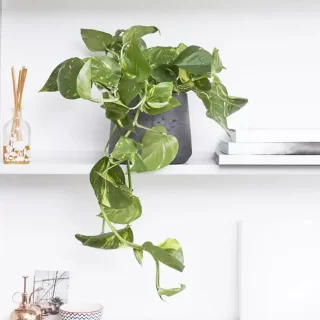
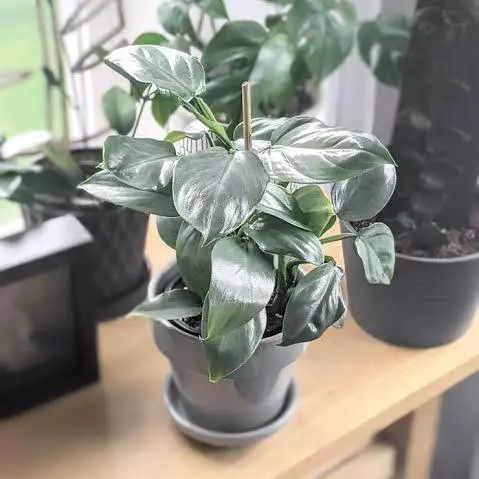
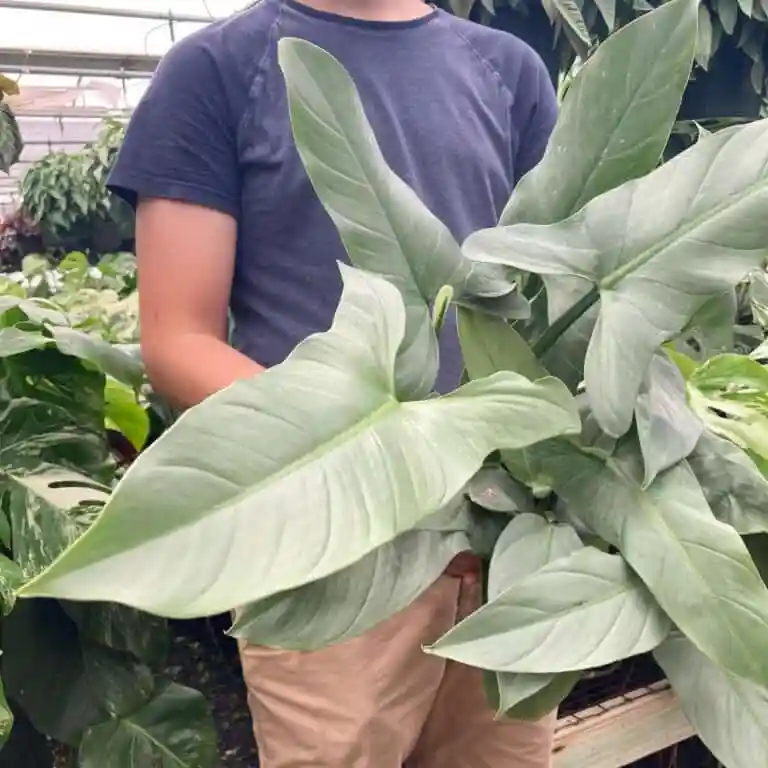
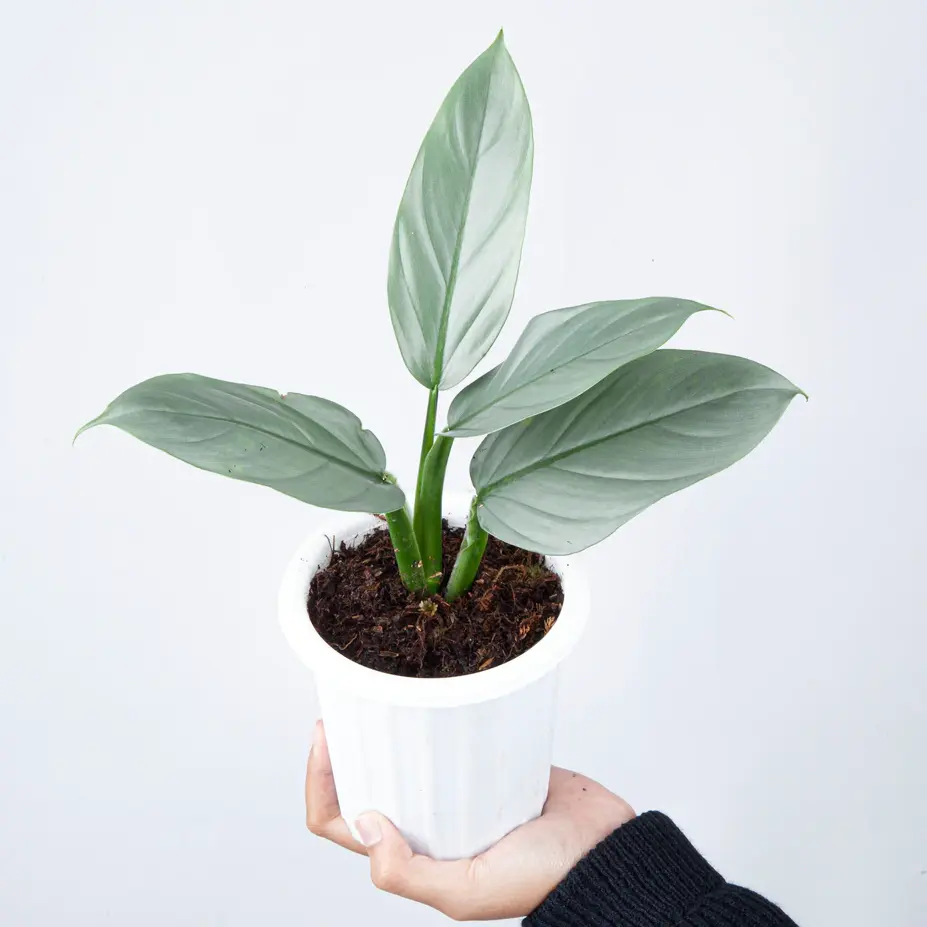
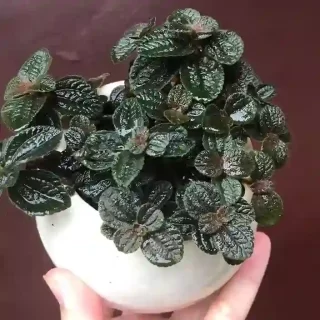
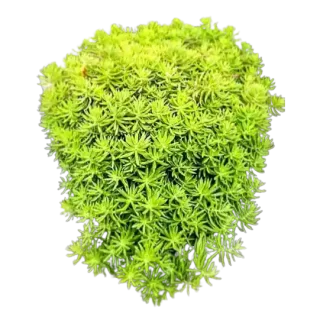
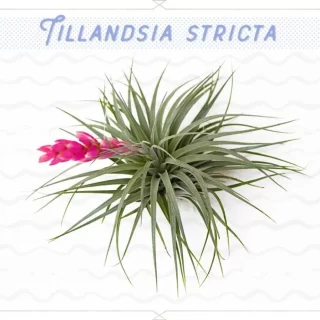
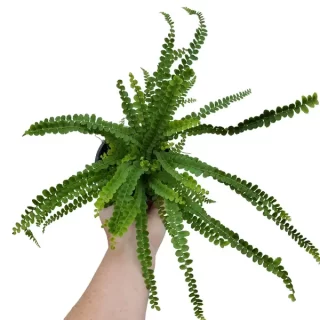

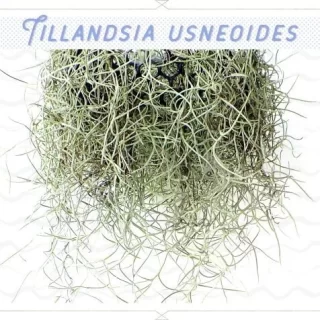
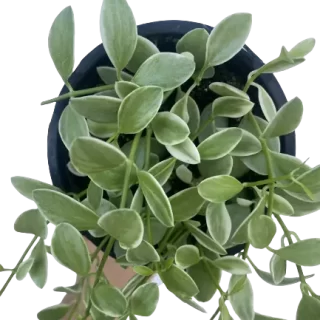
 If you need any assistance, I'm always here. Have you found what you were looking for?
If you need any assistance, I'm always here. Have you found what you were looking for?
Reviews
There are no reviews yet.